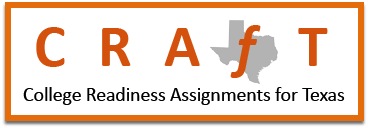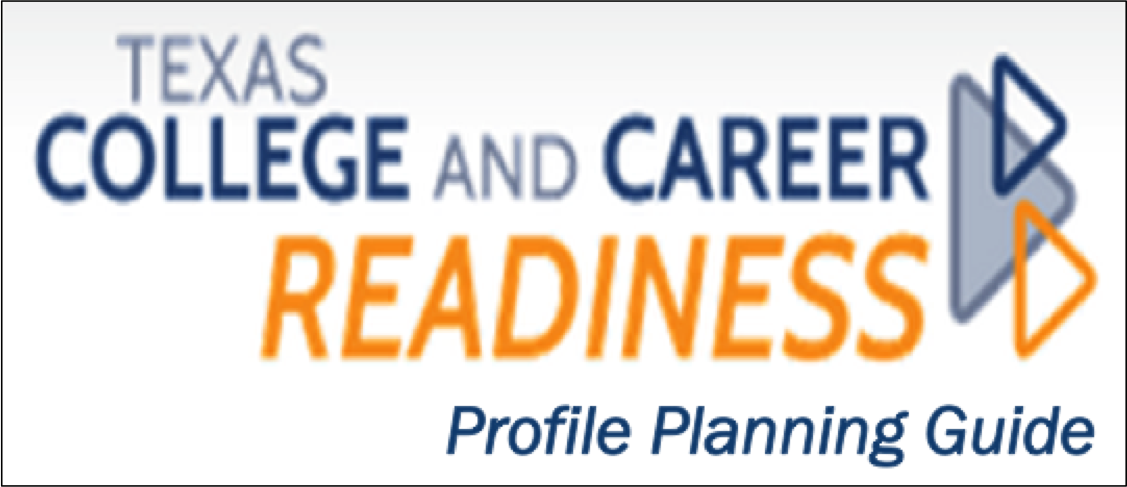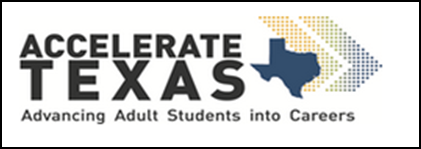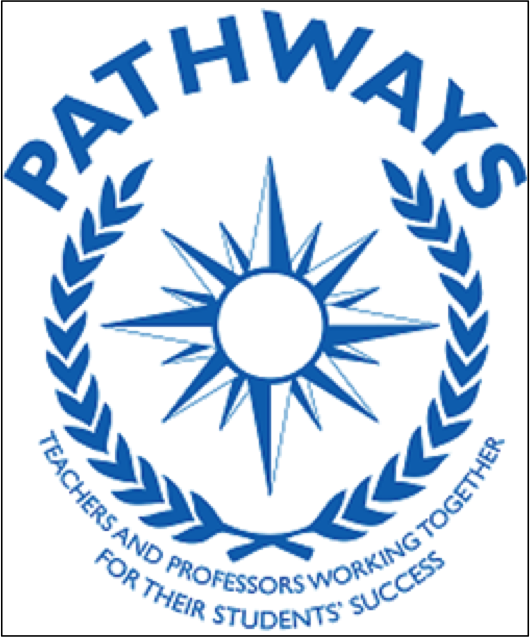II. Algebraic Reasoning IV. Measurement Reasoning
A. Figures and their properties
1. Identify and represent the features of plane and space figures.
a. Construct and use drawings, models, and coordinate representations of plane and space figures in order to solve problems by hand and using technology.
b. Recognize and describe the plane-figure components of three-dimensional figures, such as prisms, pyramids, cylinders, and cones.
c. Describe and use cross-sections and nets of three-dimensional figures to relate them to plane figures.
d. Describe the conic sections as intersections of a plane with a cone.
e. Recognize and describe orthographic (top, front, side) and isometric views of three-dimensional geometric figures.
2. Make, test, and use conjectures about one-, two-, and three-dimensional figures and their properties.
a. Develop and verify attributes of lines and parts of lines in a plane and in space: parallel, intersecting, perpendicular, and skew lines; and angle relationships associated with transversals on parallel lines.
b. Develop and verify angle relationships: vertical, complementary, supplementary, angles on parallel lines, angle-side relations in a triangle, interior/exterior angles on polygons, and angles on circles.
c. Develop, verify, and extend properties of circles, including properties of angles, arcs, chords, tangents, secants, and spheres.
d. Develop and verify properties of triangles and quadrilaterals (e.g., triangle congruence conditions, properties of a parallelogram).
e. Develop and verify properties of parts of prisms, cylinders, pyramids, and cones.
f. Apply properties of geometric figures to solve problems.
3. Recognize and apply right triangle relationships including basic trigonometry.
a. Apply the Pythagorean Theorem and its converse to solve real-life situations in two and three dimensions.
b. Apply Pythagorean triples and special right triangle relationships to solve problems.
c. Solve right triangle situations using sine, cosine, and tangent.
B. Transformations and symmetry
1. Identify and apply transformations to figures.
a. Identify whether a transformation is a reflection, rotation, translation, or dilation.
b. Find the image or pre-image of a given plane figure under a congruence transformation (e.g., translation, reflection, rotation) or composition of these transformations in coordinate and non-coordinate plane settings.
c. Find the image or pre-image of a given plane figure under a dilation or composition of dilations in coordinate and non-coordinate plane settings.
d. Use transformations and compositions of transformations to investigate and justify geometric properties of a figure (e.g., the sum of the three angles inside any triangle is 180 degrees).
2. Identify the symmetries of a plane figure.
a. Identify and distinguish between reflectional and rotational symmetry in an object.
b. Identify congruent corresponding parts in a figure with reflectional or rotational symmetry.
c. Identify lines of symmetry in plane figures to show reflection.
3. Use congruence transformations and dilations to investigate congruence, similarity, and symmetries of plane figures.
a. Use congruence transformations to justify congruence among triangles and to identify congruent corresponding parts.
b. Use dilations and scale factors to investigate similar figures and determine missing image or pre-image dimensions.
c. Identify symmetries in design situations and describe transformations used to create the symmetry and design (e.g., tiling problems).
C. Connections between geometry and other mathematical content strands
1. Make connections between geometry and algebra.
a. Describe lines in the coordinate plane using slope-intercept and point-slope form.
b. Use slopes to describe the steepness and direction of lines in the coordinate plane and to determine if lines are parallel, perpendicular, or neither.c. Relate geometric and algebraic representations of lines, segments, simple curves, and conic sections [e.g., describe algebraically a circle centered at (h, k) with radius (r)].
d. Investigate and justify properties of triangles and quadrilaterals using coordinate geometry.
e. Relate the number of solutions to a system of equations of lines to the number of intersections of two or more graphs.
2. Make connections between geometry, statistics, and probability.
a. Compute probabilities using lengths of segments or areas of regions representing desired outcomes.
b. Construct a trend line or a regression line for a scatter plot and use it to make predictions.
3. Make connections between geometry and measurement.
a. Determine perimeter and area of two-dimensional figures and surface area and volume of three-dimensional figures using measurements and derived formulas.
b. Find the measures of the lengths and areas of similar figures and of the lengths, surface areas, and volumes of similar solids.
c. Find arc length and sector area for a given central angle on a circle.
D. Logic and reasoning in geometry
1. Make and validate geometric conjectures.
a. Use drawings, manipulatives (e.g., paper folding, transformations) and constructions (e.g., compass/straight-edge, computer graphing utility) to investigate patterns and make conjectures about geometric properties of figures.
b. Use counterexamples to verify that a geometric conjecture is false.
c. Give a logical argument in a variety of formats to verify that a geometric conjecture is true.
d. Use a conditional statement to describe a property of a geometric figure. State and investigate the validity of the statement’s converse, inverse, and contrapositive.
e. Make the connection between a biconditional statement and a true conditional statement with a true converse.
2. Understand that Euclidean geometry is an axiomatic system.
a. Distinguish among theorems, properties, definitions, and postulates and use them to verify conjectures in Euclidean geometry.
b. Understand that non-Euclidean geometries exist.


 Show Printable Version
Show Printable Version



